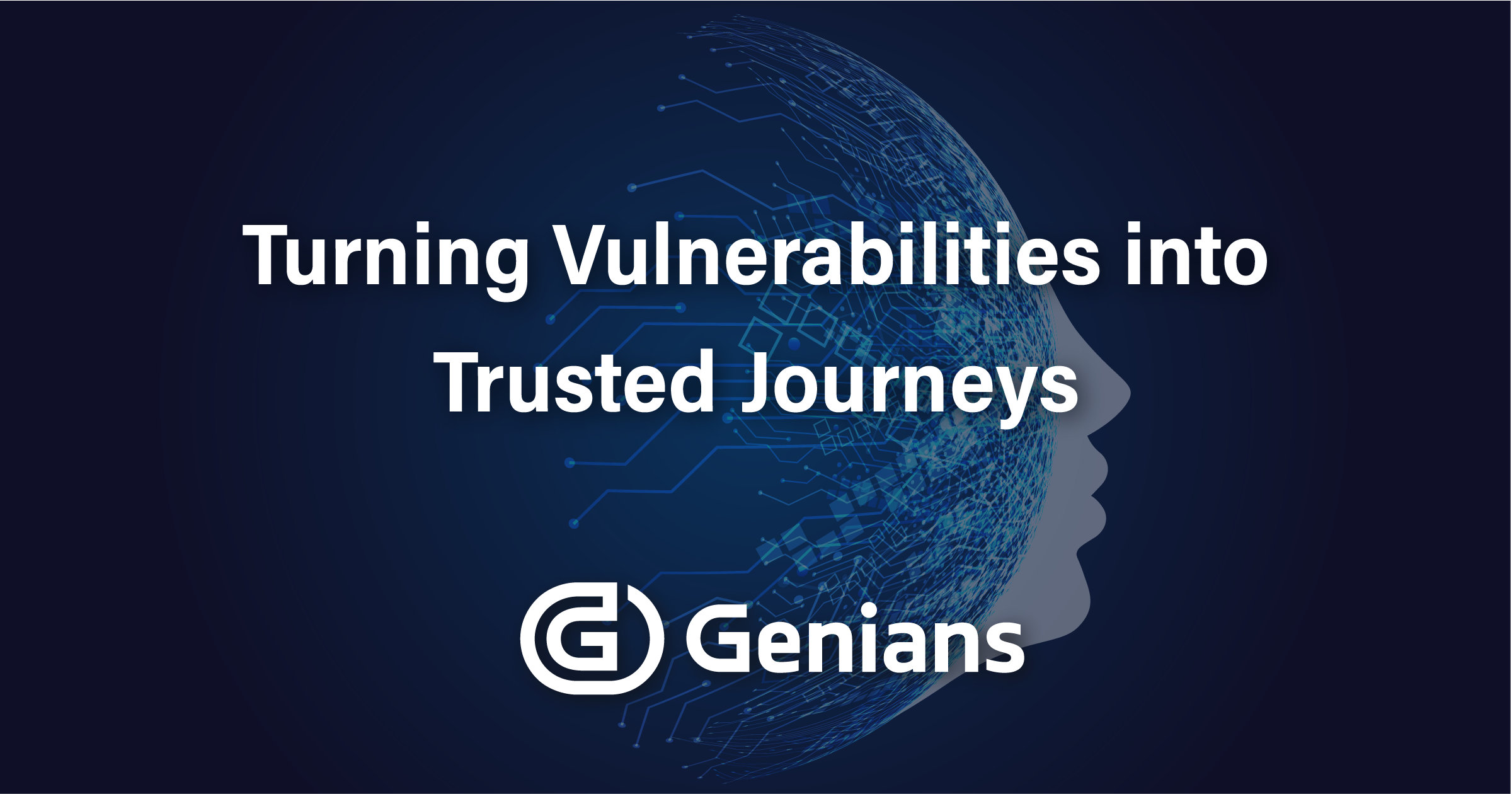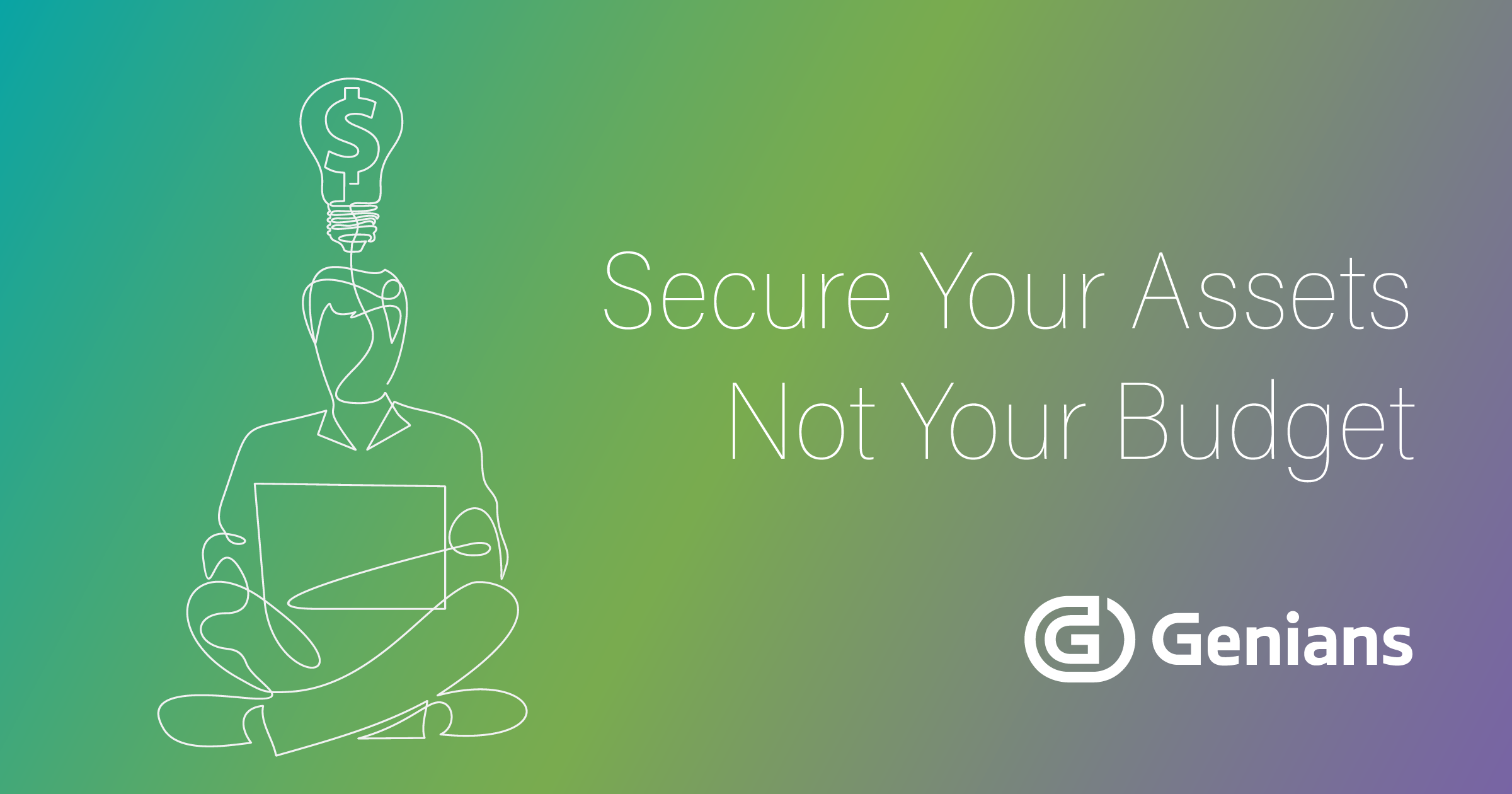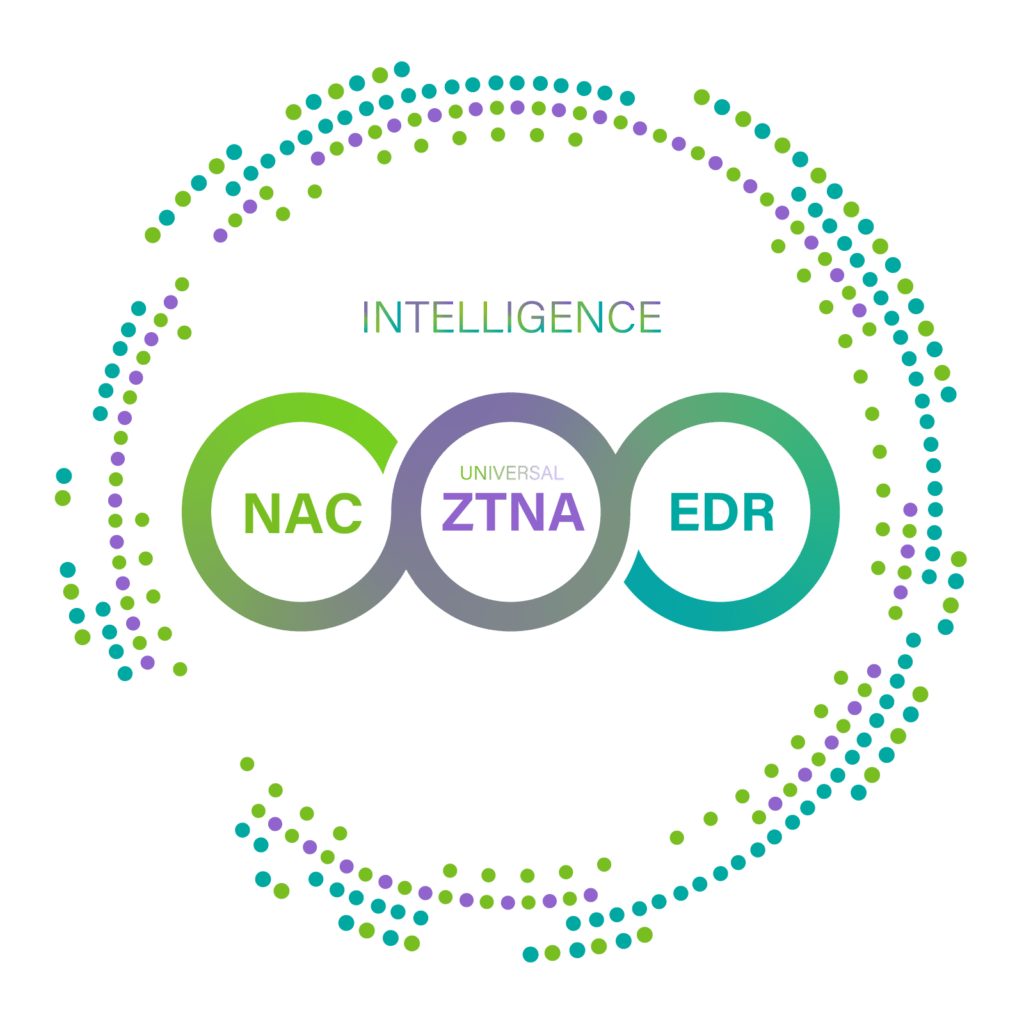Implementing dynamic networking infrastructure has become more critical than ever to securely connect people, devices, applications, and data to support our evolving working environment. For this challenge, what is the first thing we need to consider? Obviously, we cannot control or secure all kinds of connectivity if we cannot see what is happening in our network. By default, networks are distributed systems and network visibility is a vital concept in distributed systems. However, network monitoring alone is not enough to provide the level of network visibility needed in the Cloud and IoT era. What then is the solution?
In this article, we will explore the best way to gain comprehensive network visibility by leveraging network observability rather than network monitoring. Let’s get started.
What is network monitoring?
Monitoring is a passive data collection and surveillance practice used to measure network performance against pre-set standards. Monitoring equipment deployed over the years has relied on more static, traditional network environments where configuration changes are infrequent. However, these tools can be deployed in various ways throughout the corporate network.
In so doing, such tools offer a centralized view of the operational health of the underlying network and infrastructure. Network monitoring might give alerts based on connectivity, downtime, or service degradation but it does not provide deeper cause assessment or hypothetical exploration of unknowns – such as those provided by an observability platform.
What is network observability?
According to Gartner, ”observability” is the evolution of monitoring into a process that offers insight into digital business applications, speeds innovation, and enhances customer experience. We should use observability to extend, rather than replace, current monitoring capabilities. Basically, network observability is a process intended to develop deep knowledge of network health to provide an optimal end-user experience. When teams observe networks deeply, they understand ways to solve problems, how to correct them, and improve network performance to prevent future errors. Here are the main differences:
Network Observability | Network Monitoring |
|---|---|
|
|
The current challenges with network monitoring
The rapid shift toward cloud technology and related trends, such as SD-WAN, has changed the concept of network monitoring, but traditional network performance monitoring tools have not kept up with advanced networking technologies. Here are some of the issues regarding traditional network performance monitoring tools:
- Traditional Network Performance Monitoring (NPM) tools do not include metadata or routing policy, network security, cloud orchestration information.
- Basic network connectivity info such as IP/MAC and port numbers are not sufficient to securely analyze network traffic.
- These tools cannot handle cloud scalability, as cloud customers produce terabytes of VPC flow logs every month. Traditional network packet sniffer solutions do not work in a cloud environment.
Genians Zero Trust NAC addresses this challenge
Genians Zero Trust Network Access Control (ZT-NAC) logs and monitors traffic coming from all remote branches and users by using the ZT-NAC Cloud Gateway and Client. The entire end-to-end flow of network traffic can be monitored. However, you can only monitor and control unauthorized or non-compliant devices if needed. ZT-NAC’s VxLAN SGT-based control will allow you to control east-west communications in remote locations, which do not need to go through ZT-NAC Cloud Gateway.
Most importantly, Genians Device Platform Intelligence, powered by Cloud technology, can enhance network visibility contextually by correlating network connectivity info along with business context (e.g. connected devices’ EoL, EoS, manufacturer) and risk-related info like CVE. Overall, with ZT-NAC, you can monitor and control all connected devices’ activities holistically, without losing business performance, and in the process substantially boost the success of an organization’s operations.





